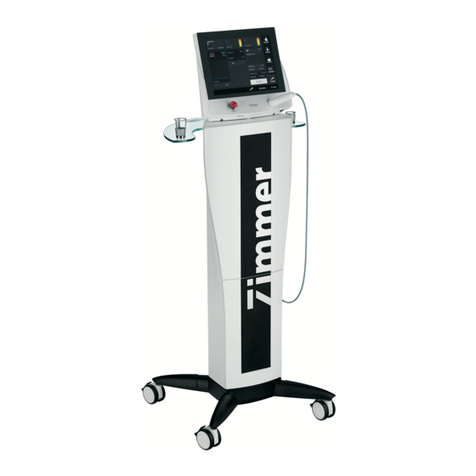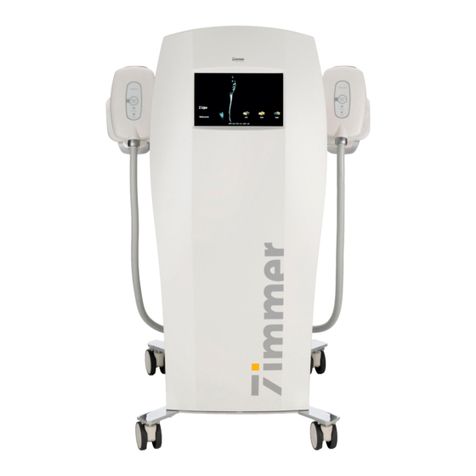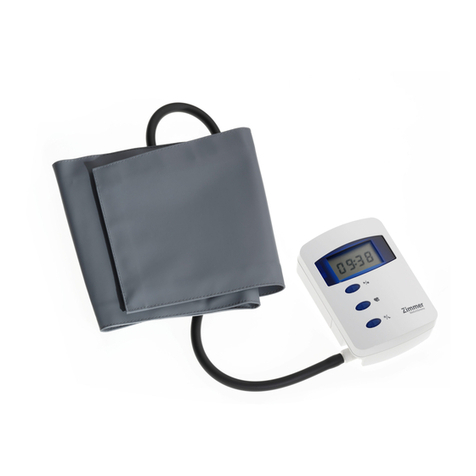Zimmer Persona Trabecular Metal Femoral Component User manual
Other Zimmer Medical Equipment manuals

Zimmer
Zimmer enPuls User manual
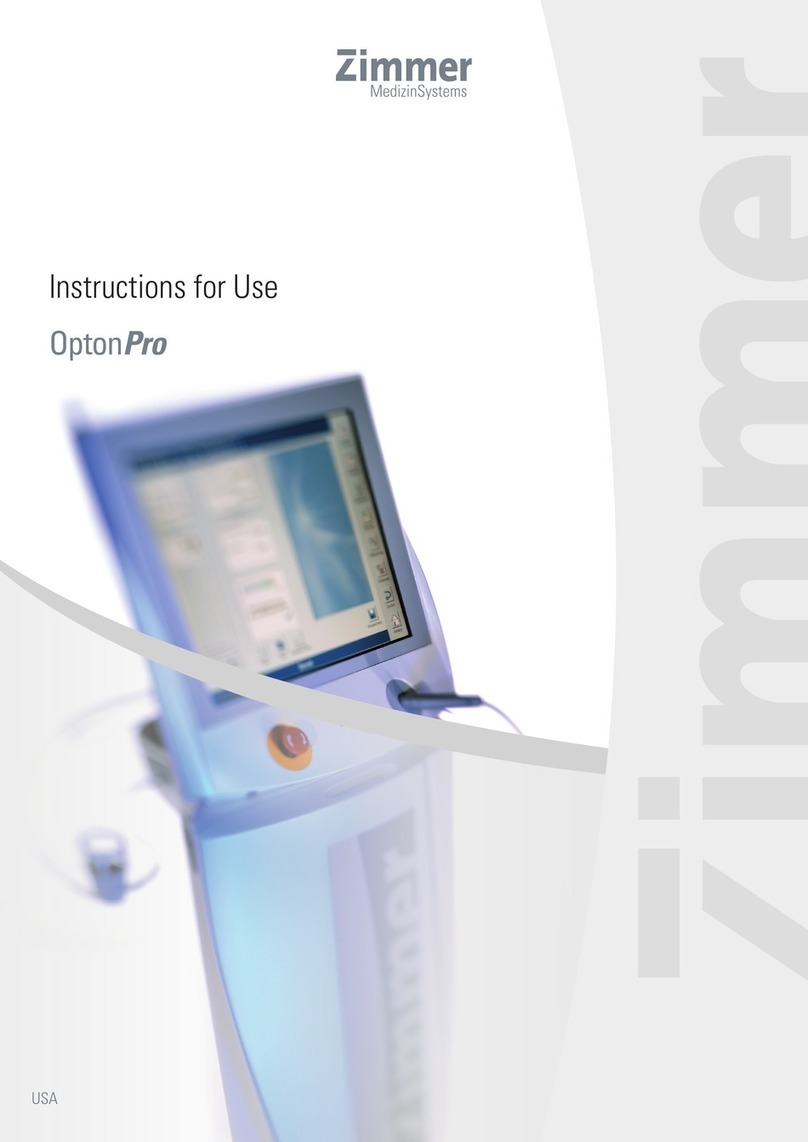
Zimmer
Zimmer OptonPro User manual
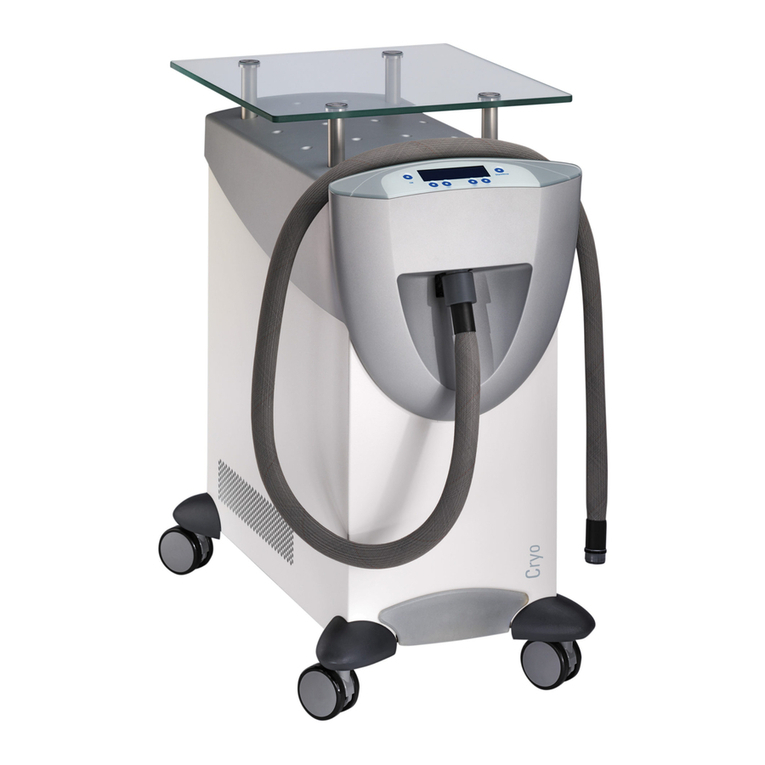
Zimmer
Zimmer Cryo 6 User manual

Zimmer
Zimmer Cryo 6 User manual
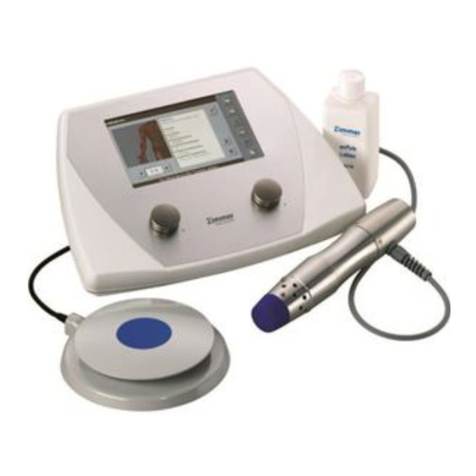
Zimmer
Zimmer enPuls User manual

Zimmer
Zimmer ThermoTK User manual

Zimmer
Zimmer emFieldPro User manual
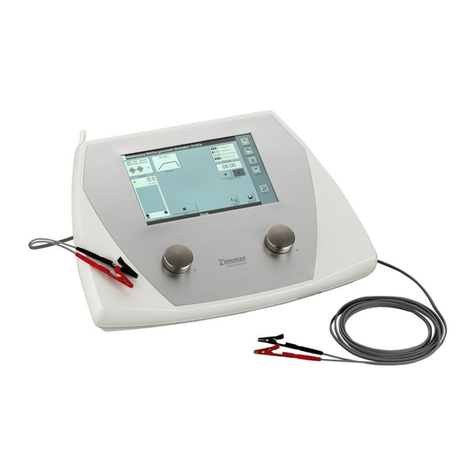
Zimmer
Zimmer Soleo SonoStim User manual
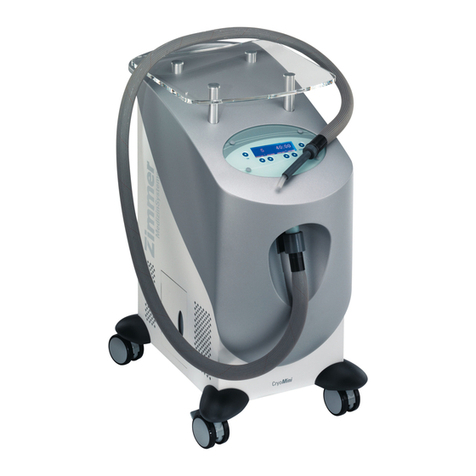
Zimmer
Zimmer CryoMini User manual
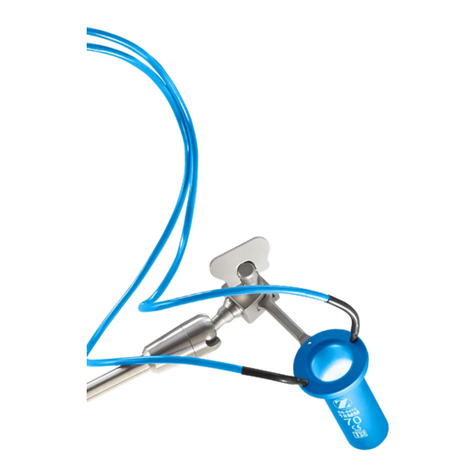
Zimmer
Zimmer Viewline User manual
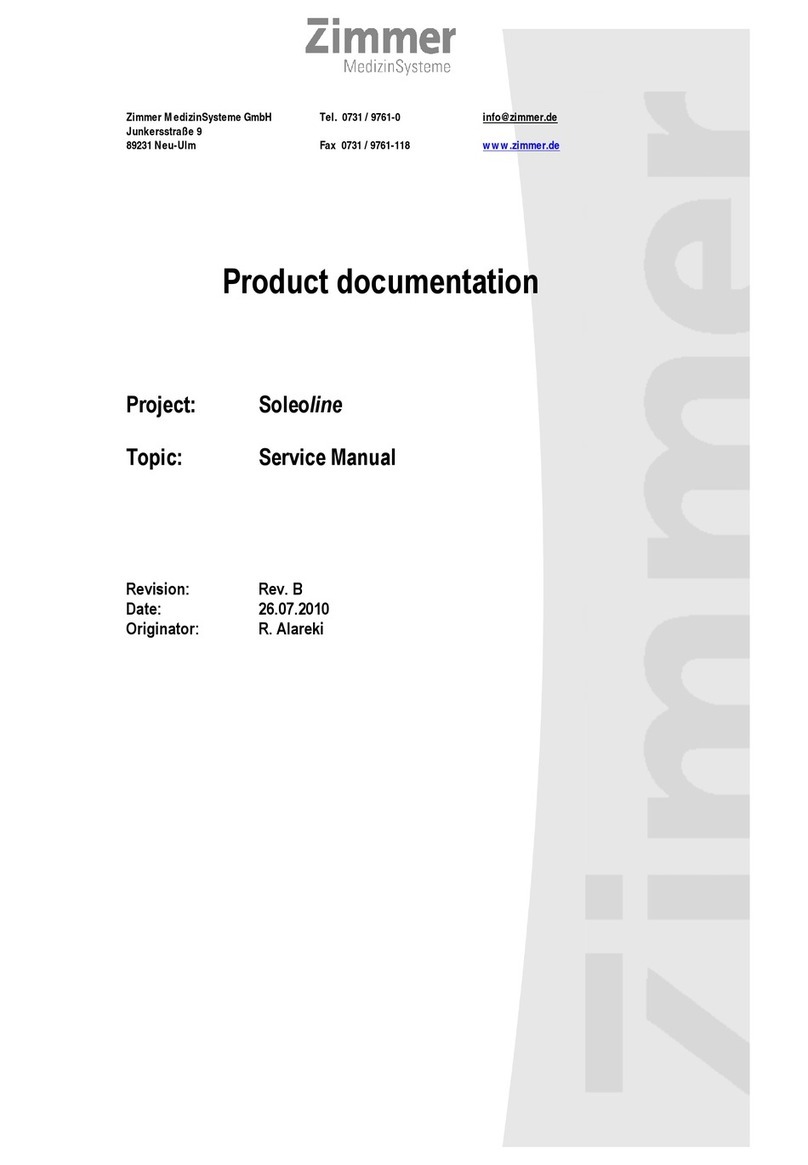
Zimmer
Zimmer Soleoline Assembly instructions
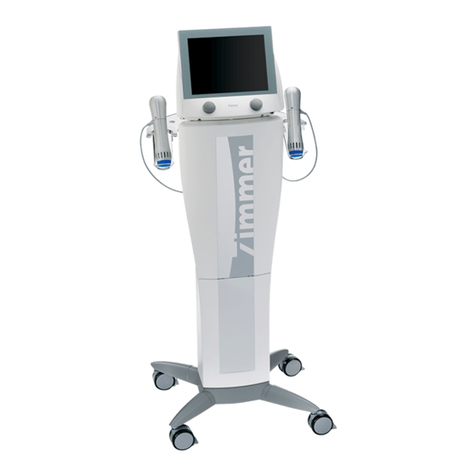
Zimmer
Zimmer Z Wave Pro User manual
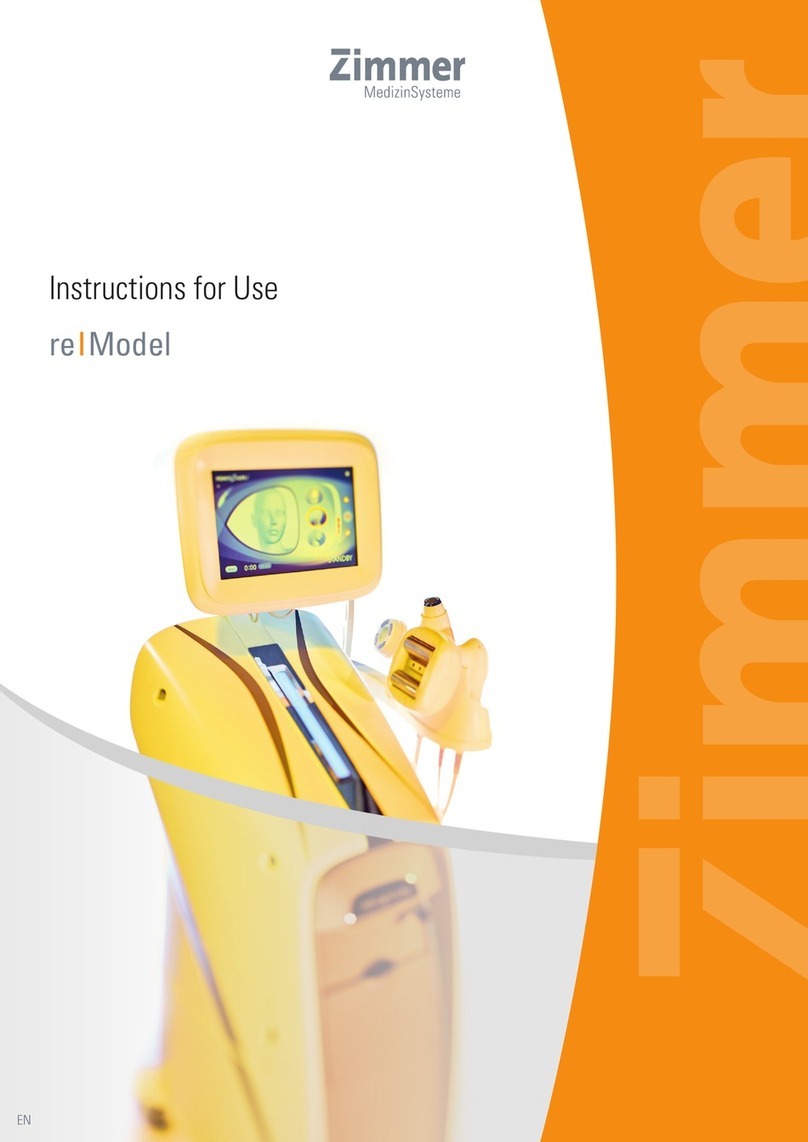
Zimmer
Zimmer re User manual
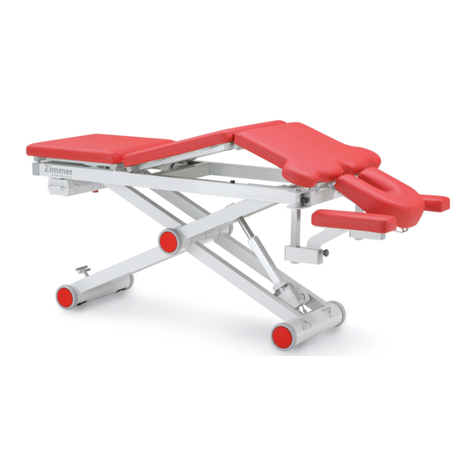
Zimmer
Zimmer aXon User manual
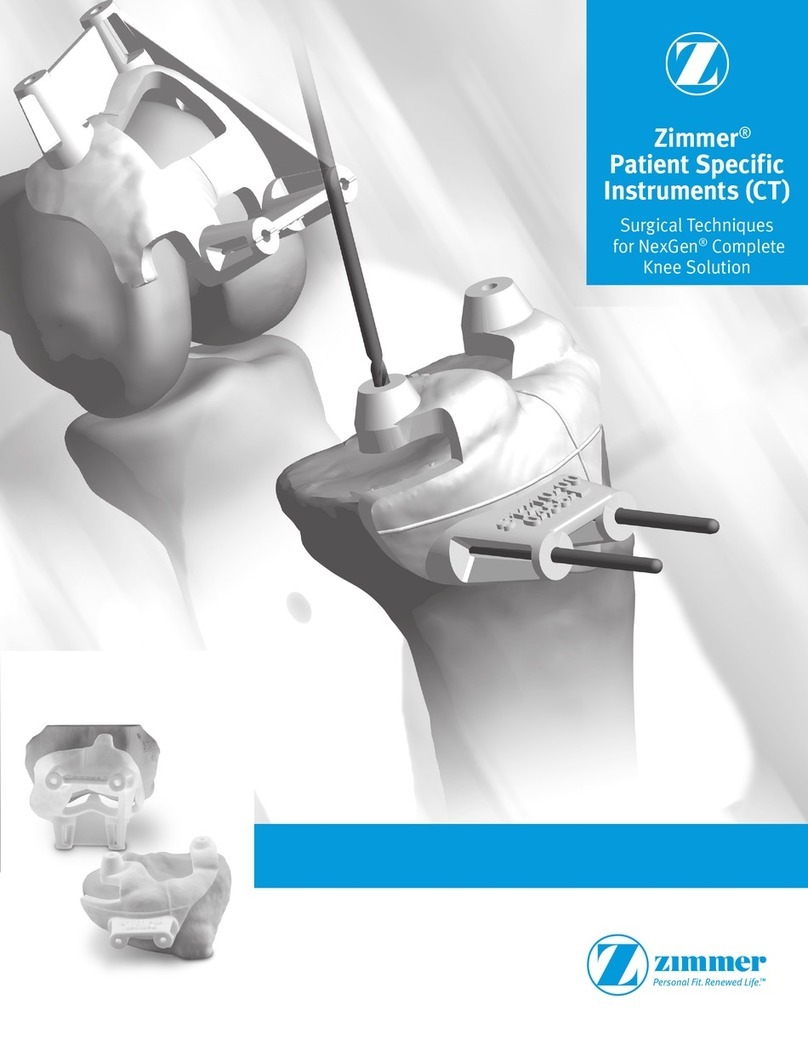
Zimmer
Zimmer NexGen User manual

Zimmer
Zimmer CITrac User manual
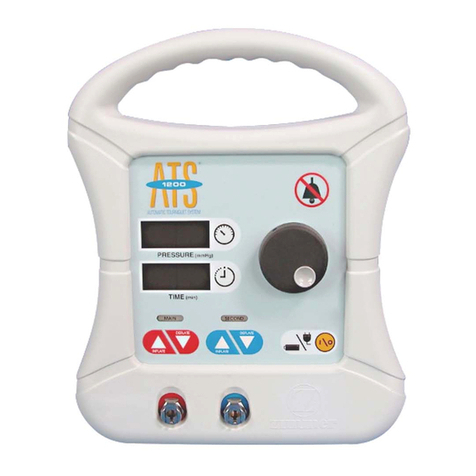
Zimmer
Zimmer A.T.S. 1200 User manual
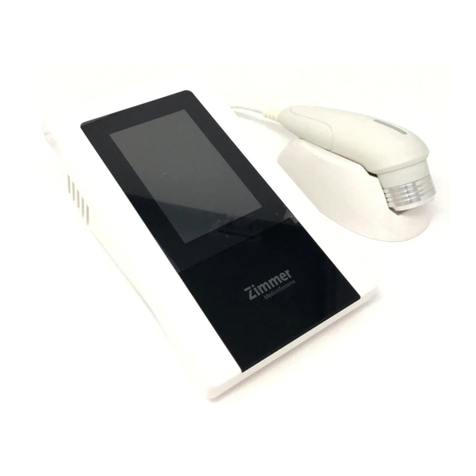
Zimmer
Zimmer SonoOne User manual

Zimmer
Zimmer Soleo SonoStim User manual
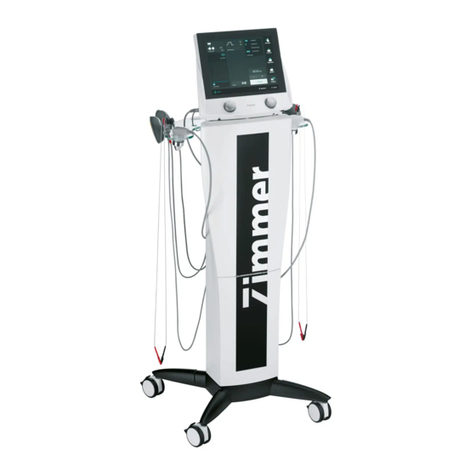
Zimmer
Zimmer PhySys User manual
Popular Medical Equipment manuals by other brands

Getinge
Getinge Arjohuntleigh Nimbus 3 Professional Instructions for use

Mettler Electronics
Mettler Electronics Sonicator 730 Maintenance manual

Pressalit Care
Pressalit Care R1100 Mounting instruction

Denas MS
Denas MS DENAS-T operating manual

bort medical
bort medical ActiveColor quick guide

AccuVein
AccuVein AV400 user manual
